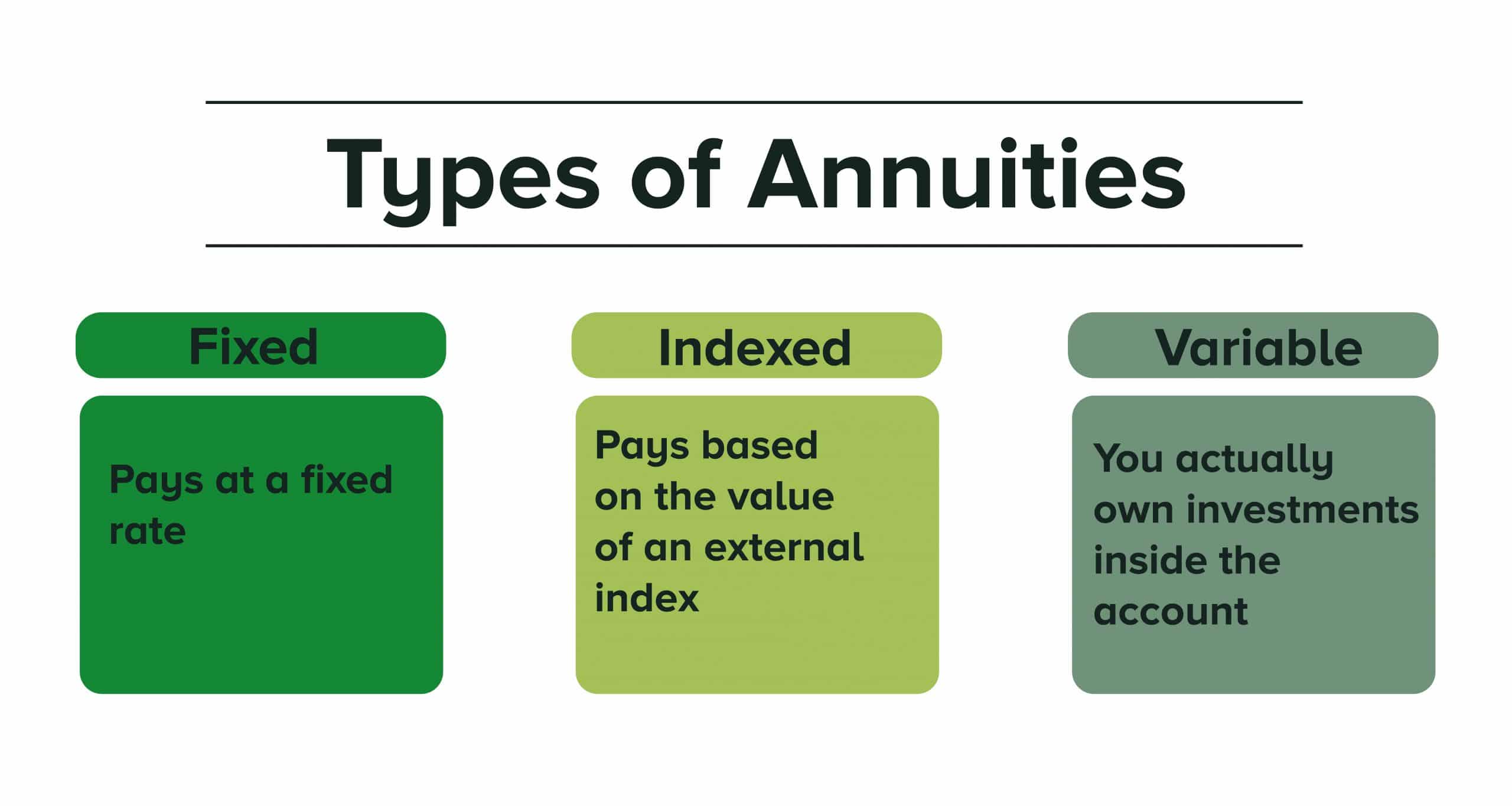Enhanced Accessibility
The rise of fintech has revolutionized the accessibility of financial services for individuals and businesses. With traditional banking systems, accessing financial services can often be a time-consuming and cumbersome process. However, fintech has made it easier than ever to access and manage financial accounts.
One of the key reasons why fintech enhances accessibility is the widespread adoption of mobile technology. With a smartphone or tablet, individuals can now access their financial accounts anytime, anywhere. This means no more waiting in long queues at the bank or being restricted by traditional banking hours. Fintech allows users to check their account balances, make transfers, pay bills, and even apply for loans, all with a few taps on their mobile devices.
Furthermore, fintech has also enabled the creation of new financial models that have greatly enhanced accessibility. For instance, peer-to-peer lending platforms have emerged as an alternative to traditional banks, connecting borrowers directly with lenders. This has opened up opportunities for those who may have had difficulty accessing credit through traditional means.
Another aspect of enhanced accessibility offered by fintech is the ability to reach underserved populations. Traditional financial institutions have often neglected customers in remote areas or with lower income levels, but fintech has bridged this gap. By leveraging technology and digital platforms, fintech companies can bring financial services to individuals and businesses in previously underserved communities.
Moreover, fintech has transcended national boundaries, enabling cross-border transactions and opening up new markets. This has not only facilitated international trade and business, but it has also provided individuals with the ability to access global financial services and products, regardless of their physical location.
Fintech has truly made financial services more accessible than ever before, empowering individuals and businesses to take control of their finances conveniently and efficiently. Whether it’s through mobile banking apps, digital lending platforms, or global payment solutions, fintech has broken down barriers and created a more inclusive financial landscape.
Increased Efficiency and Convenience
Fintech has significantly improved the efficiency and convenience of financial services, making everyday banking and transactions faster, smoother, and more convenient for users.
One of the ways fintech has increased efficiency is through automation. Traditional banking processes often involve manual paperwork and lengthy verification processes, which can be time-consuming. Fintech solutions have automated these processes, reducing the need for physical paperwork and streamlining the verification and authentication procedures. This not only saves time for both the customers and financial institutions but also reduces the chances of human error.
Moreover, fintech has simplified the way individuals and businesses manage their finances by offering intuitive and user-friendly digital platforms. Mobile banking apps, for example, provide users with instant access to their accounts, allowing them to check balances, review transactions, and make payments with just a few taps. This convenience eliminates the need to visit a physical bank branch, saving time and effort.
Another aspect of increased efficiency and convenience brought by fintech is the integration of various financial services into a single platform. Traditional banking systems often require individuals to have separate accounts and engage with multiple institutions for different financial needs. Fintech platforms, on the other hand, provide a unified solution that allows users to manage multiple accounts, access investment opportunities, and even engage in financial planning all in one place. This consolidation of services simplifies financial management and saves users from the hassle of navigating through different platforms and institutions.
Fintech also offers real-time data analytics, providing individuals and businesses with valuable insights into their financial activities. This helps users make more informed decisions and take proactive measures to manage their finances effectively. Traditional banking systems often provide delayed or limited access to such data, making it challenging for individuals to have a comprehensive view of their financial health.
Overall, the increased efficiency and convenience offered by fintech have transformed the way people interact with financial institutions and manage their finances. Whether it’s the automation of processes, intuitive digital platforms, unified financial solutions, or real-time data analytics, fintech has made financial services more efficient and accessible, ultimately enhancing the overall user experience.
Improved Financial Services
Fintech has played a crucial role in improving the quality and range of financial services available to individuals and businesses. By leveraging technology and innovative solutions, fintech has enhanced the overall experience and effectiveness of various financial services.
One area where fintech has made significant strides is in the realm of lending. Traditional lending processes are often characterized by long approval times, strict eligibility criteria, and high interest rates. Fintech has introduced alternative lending models such as peer-to-peer lending and online lending platforms, which offer quicker approvals, streamlined processes, and competitive interest rates. This has benefited both borrowers and lenders, providing easier access to credit and more diverse investment opportunities.
Fintech has also disrupted the investment landscape by democratizing access to investment opportunities. Traditional investment vehicles, such as stocks and bonds, were often restricted to a select group of individuals or required significant capital. With fintech, retail investors now have access to platforms that offer fractional ownership, robo-advisors, and automated investment solutions. This has opened up investment opportunities to a wider range of people, allowing them to build diversified portfolios and grow their wealth.
Furthermore, fintech has revolutionized the way individuals manage their personal finances. Budgeting and expense tracking tools, often incorporated into mobile banking apps or standalone fintech applications, provide users with real-time insights into their spending habits. This enables individuals to make smarter financial decisions, save more efficiently, and achieve their financial goals.
In addition to these advancements, fintech has also transformed the payments landscape. Peer-to-peer payment platforms and digital wallets have simplified the process of transferring money between individuals and businesses. The convenience of these solutions, coupled with enhanced security measures, has significantly reduced the reliance on cash transactions and improved the overall efficiency of payments.
Fintech has also facilitated the integration of financial services with other industries, such as e-commerce and retail. The ability to seamlessly make payments and access financial products and services within these ecosystems has transformed the customer experience and accelerated business growth.
Overall, fintech has ushered in a new era of improved financial services, making them more accessible, efficient, and tailored to individual needs. From alternative lending models and democratized investment opportunities to innovative personal finance management tools and seamless payment solutions, fintech is revolutionizing the way we interact with and benefit from financial services.
Enhanced Security and Fraud Prevention
Fintech has made significant advancements in enhancing security measures and preventing fraud in the financial industry. With the increasing prevalence of digital transactions and the potential risks associated with online activities, fintech has prioritized security to protect users’ financial information and transactions.
One of the key ways fintech improves security is through the implementation of advanced encryption techniques. Encryption ensures that sensitive information, such as account details and personal data, is securely transmitted and stored. This helps prevent unauthorized access and protects users from identity theft and fraud.
Fintech companies also employ robust authentication methods to verify the identity of users. Biometric authentication, such as fingerprint or facial recognition, adds an extra layer of security by ensuring that only authorized individuals can access their financial accounts. This has proven to be more secure compared to traditional methods such as passwords or PINs, which can be easily compromised.
In addition, fintech platforms leverage artificial intelligence and machine learning algorithms to detect and prevent fraudulent activities. These algorithms analyze large volumes of data to identify patterns and anomalies that may indicate suspicious behavior. This proactive approach allows fintech companies to flag and prevent fraudulent transactions in real-time, safeguarding the interests of users.
Fintech has also introduced innovative security measures, such as virtual cards and tokenization. Virtual cards generate unique card numbers for each transaction, reducing the risk of card information being compromised. Tokenization, on the other hand, replaces sensitive data with non-sensitive tokens, adding an extra layer of security during transactions.
Furthermore, the decentralized nature of blockchain technology, which is often used in fintech applications, enhances security. The transparent and immutable nature of blockchain records makes it difficult for fraudsters to manipulate or alter transactions without detection. This has the potential to revolutionize security in areas such as digital identity verification and secure storage of financial records.
Overall, fintech has made significant strides in enhancing security and fraud prevention in the financial industry. Through innovative encryption techniques, advanced authentication methods, AI-powered fraud detection algorithms, and the utilization of blockchain technology, fintech companies are providing users with a secure and trustworthy ecosystem to carry out their financial transactions.
Greater Financial Inclusion
Fintech has played a pivotal role in promoting greater financial inclusion by providing access to financial services to underserved populations and marginalized communities. Traditional financial systems often exclude individuals with limited access to banks, credit, and other financial resources. Fintech has addressed these gaps and opened up opportunities for greater financial inclusion.
One of the ways fintech has fostered financial inclusion is through the use of alternative credit scoring models. Traditional credit scoring methods heavily rely on credit history and collateral, making it difficult for individuals with no or limited credit history to access credit. Fintech platforms leverage alternate data sources, such as digital footprints, social media activity, and transaction history, to assess creditworthiness. This enables individuals without a traditional credit history to access loans and other financial services based on their actual financial behavior.
Fintech platforms have also introduced microfinance options, which provide small loans to individuals and businesses who were previously deemed too risky by traditional lenders. These microloans help fuel entrepreneurial initiatives, supporting the growth and development of small enterprises in underserved communities.
Furthermore, fintech has revolutionized remittance services, allowing individuals to send and receive money across borders at reduced costs. Traditional remittance channels often impose high fees and involve bureaucratic processes that hinder individuals from accessing their funds promptly. Fintech-powered remittance platforms offer faster, cheaper, and more convenient means of sending money, enabling individuals to support their families and contribute to the development of their home countries.
Additionally, fintech has facilitated the growth of financial education initiatives. Digital platforms provide individuals with resources, tools, and interactive learning experiences to enhance their financial literacy and make informed decisions. This empowers individuals with the knowledge and skills necessary to navigate the financial landscape and achieve their financial goals.
Moreover, the accessibility and convenience offered by fintech have brought financial services closer to individuals in rural and remote areas. Through digital channels and mobile apps, individuals can access banking services, make payments, and even receive financial advice without the need to travel long distances. This eliminates geographical barriers and allows individuals residing in remote regions to participate in the formal financial system.
Fintech has the potential to bridge the gap between the financially underserved and mainstream financial services. By leveraging technology and innovative solutions, fintech can create a more inclusive financial ecosystem, empowering individuals and communities to access and benefit from financial services, regardless of their socio-economic backgrounds or geographical locations.
Cost Reduction
Fintech has brought about significant cost reductions in the financial industry, benefiting both consumers and financial institutions. With the implementation of innovative technologies and streamlined processes, fintech has eliminated many of the inefficiencies and high costs associated with traditional financial services.
One area where fintech has reduced costs is in banking operations. Traditional banks often have large physical infrastructures, requiring significant expenses for maintenance, staffing, and overhead costs. Fintech companies, on the other hand, operate primarily through digital platforms, reducing the need for physical branches and associated expenses. This enables fintech companies to offer financial services at a lower cost, which can be passed on to consumers in the form of reduced fees and better interest rates.
In addition, fintech has streamlined payment processes, reducing transaction costs for both businesses and individuals. Traditional payment methods, such as checks and wire transfers, often involve time-consuming processes and high fees. Fintech-powered payment solutions, such as mobile wallets and peer-to-peer payment apps, offer faster and more cost-effective alternatives. This not only saves money for consumers but also reduces transaction fees and operational costs for businesses.
Fintech has also played a crucial role in reducing the costs associated with cross-border transactions. Traditional methods of transferring money internationally, such as wire transfers or using intermediary banks, can be expensive and slow. Fintech solutions have disrupted the remittance industry by providing efficient and cost-effective alternatives. Blockchain technology, for example, enables near-instantaneous cross-border transactions at a fraction of the cost compared to traditional methods.
Furthermore, fintech has introduced automated and digital solutions for financial tasks that were previously labor-intensive and time-consuming. For instance, robo-advisors use algorithms to provide investment advice and portfolio management services, eliminating the need for expensive human financial advisors. This makes investment services more accessible and cost-effective for individuals with smaller investment amounts.
Fintech has also revolutionized the lending landscape by offering low-cost or no-cost borrowing options. Peer-to-peer lending platforms and online lending services often have lower overhead costs compared to traditional financial institutions. As a result, they can provide loans at more competitive interest rates and reduced fees, benefiting borrowers and reducing the overall cost of borrowing.
Overall, fintech has disrupted the financial industry by reducing costs and increasing cost-effectiveness for both consumers and financial institutions. Through streamlined operations, cost-effective payment solutions, reduced transaction fees, automated financial services, and more competitive lending rates, fintech has created a more affordable financial ecosystem.
Better Customer Experience
Fintech has revolutionized the customer experience in the financial industry by providing users with more personalized, convenient, and user-friendly solutions. With technology at the forefront, fintech has focused on improving the way individuals interact with financial products and services, ultimately enhancing the overall customer experience.
One of the ways in which fintech has improved the customer experience is through personalized financial solutions. Traditional financial institutions often offer standardized products and services that may not fully meet the individual needs of customers. Fintech platforms leverage data analytics and machine learning algorithms to provide tailored recommendations and customized offerings. This ensures that customers receive financial solutions that align with their unique goals and preferences, enhancing satisfaction and engagement.
Fintech has also simplified and automated financial processes, making them more user-friendly. Tasks such as opening bank accounts, applying for loans, or managing investments can now be done conveniently through user-friendly mobile apps or online platforms. This eliminates the need for time-consuming paperwork and long wait times, ultimately providing a more efficient and pleasant customer experience.
Fintech platforms have also introduced intuitive and user-centric interfaces that empower customers to manage their finances with ease. Mobile banking apps, for example, provide users with a clear overview of their accounts, transaction history, and spending habits, allowing for better financial control and decision-making. Additionally, these apps often include budgeting tools, expense categorization, and notifications that help users track their financial activities and manage their money more effectively.
Moreover, fintech has improved the accessibility of financial education and resources. Many fintech platforms offer educational content, blogs, and tutorials to help customers enhance their financial literacy and make informed decisions. This empowers individuals to take control of their finances, improve their financial well-being, and achieve their long-term goals.
Fintech has also enhanced customer support and communication channels in the financial industry. Traditional customer service in banking often involved long wait times and limited accessibility. Fintech platforms offer various communication channels, including chatbots, in-app messaging, and 24/7 customer support, ensuring that customers can get assistance or resolve issues quickly and conveniently.
Additionally, fintech has accelerated the speed of financial transactions. With features such as instant payments and real-time transfers, individuals can send and receive money almost instantaneously. This level of immediacy enhances customer satisfaction and eliminates the frustrations caused by delays in traditional banking processes.
Overall, fintech has transformed the customer experience in the financial industry by offering personalized solutions, user-friendly interfaces, simplified processes, improved accessibility to financial education, enhanced customer support, and faster transactions. By putting the customer at the center, fintech has created a more seamless and enjoyable experience that meets the evolving needs and expectations of today’s consumers.

























